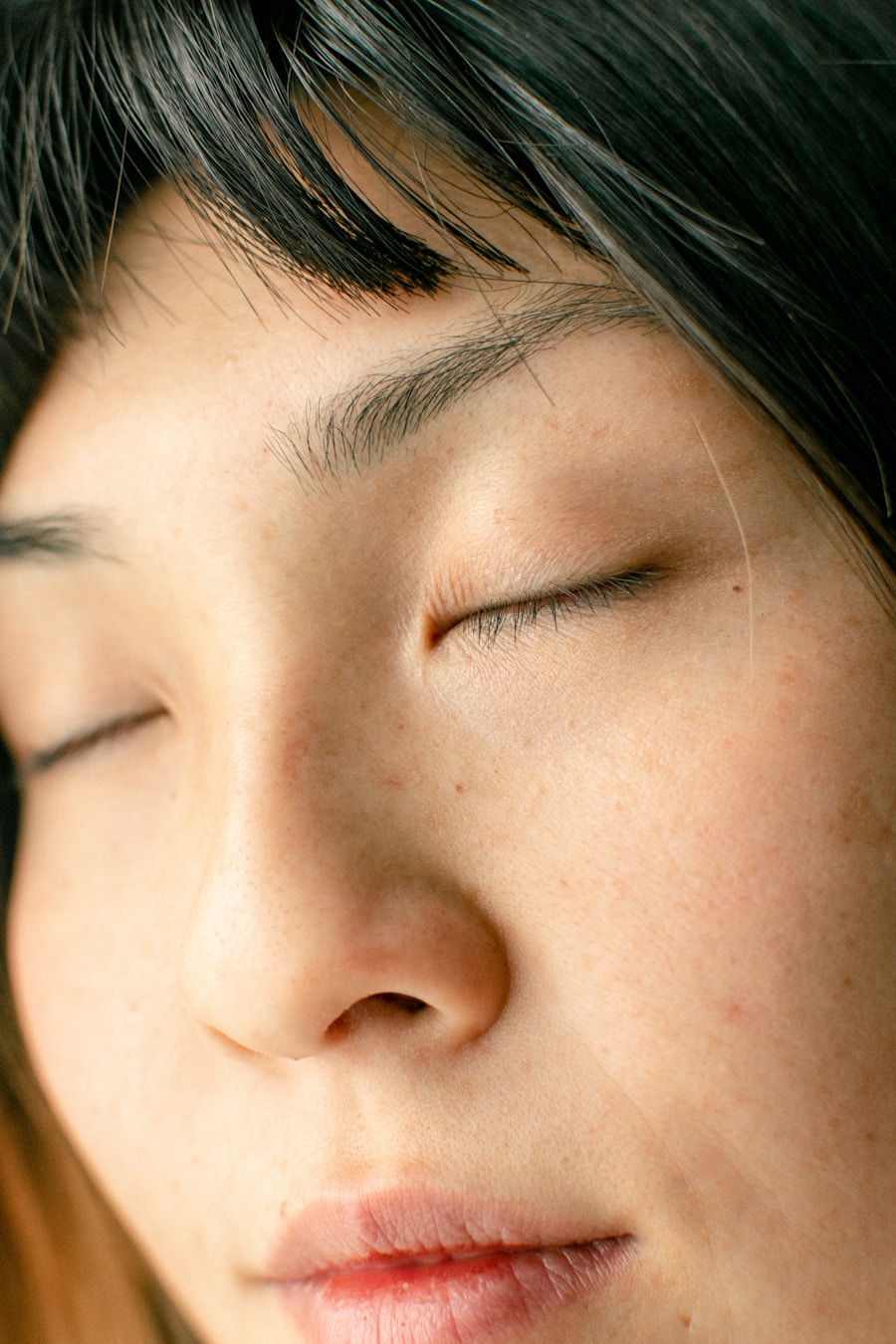Human Design is a unique system that synthesises various ancient and modern disciplines, including astrology, the I Ching, the Kabbalah, the Hindu-Brahmin chakra system, and quantum physics. Developed by Alan Robert Krakower, who adopted the pseudonym Ra Uru Hu, this system was introduced to the world in 1992 through his book, “The Human Design System.” The core premise of Human Design is that each individual possesses a distinct energetic blueprint that influences their personality, decision-making processes, and interactions with others. By understanding one’s Human Design chart, individuals can gain insights into their strengths, challenges, and optimal ways of functioning in the world.
At its essence, Human Design offers a framework for self-discovery and personal growth. It provides a roadmap that can help individuals navigate their lives with greater awareness and authenticity. The system categorises people into different types—Manifestors, Generators, Projectors, and Reflectors—each with its own unique characteristics and strategies for making decisions.
This categorisation not only highlights the diversity of human experience but also emphasises the importance of embracing one’s individuality. As we delve deeper into the relationship between Human Design and sleep patterns, we will uncover how this system can illuminate the often-overlooked aspects of our nightly rest.
Summary
- Human Design is a system that combines astrology, the I Ching, Kabbalah, and the chakra system to create a unique blueprint for each individual.
- Sleep patterns are influenced by a variety of factors, including genetics, lifestyle, and environment.
- Human Design can provide insights into an individual’s natural sleep patterns and preferences.
- Understanding and aligning with one’s Human Design can lead to improved sleep quality and overall well-being.
- Tips for improving sleep according to Human Design may include following specific bedtime routines, creating a sleep-friendly environment, and honouring one’s unique energy type.
Understanding Sleep Patterns
The Active Process of Sleep
Sleep is not merely a passive state; it is an active process that plays a vital role in physical restoration, cognitive function, and emotional regulation. The science of sleep reveals that there are several stages through which we cycle during a typical night’s rest.
The Functions of Sleep Stages
Light sleep prepares the body for deeper stages of rest, while deep sleep is critical for physical recovery and immune function. REM sleep, on the other hand, is essential for cognitive processes such as memory consolidation and emotional processing. Disruptions in these cycles can lead to a host of issues ranging from fatigue and irritability to more serious health concerns.
Achieving Restorative Rest
Therefore, understanding one’s unique sleep patterns is paramount for achieving restorative rest.
The Relationship Between Human Design and Sleep Patterns

The intersection of Human Design and sleep patterns offers a fascinating lens through which to examine how our individual energetic blueprints influence our nightly rest. Each Human Design type has its own inherent characteristics that can affect how one approaches sleep. For instance, Manifestors may find it challenging to wind down due to their energetic drive to initiate and create, while Generators might thrive on routine but struggle with restlessness if they do not engage in fulfilling activities during the day.
Moreover, the concept of authority within Human Design plays a significant role in decision-making processes related to sleep. For example, those with emotional authority may need to ride out their emotional waves before making decisions about bedtime or sleep environments. In contrast, individuals with sacral authority might benefit from listening to their gut instincts regarding when to sleep or wake up.
By understanding these nuances within their Human Design charts, individuals can tailor their sleep practices to align more closely with their natural rhythms and tendencies.
How Human Design Can Impact Sleep Quality
The impact of Human Design on sleep quality is profound and multifaceted. Each type within the Human Design system has specific strategies that can enhance or hinder their ability to achieve restful sleep. For instance, Projectors often require more downtime than other types due to their unique energy dynamics; they may benefit from creating a serene sleep environment that allows them to recharge effectively.
Conversely, Generators may find that engaging in physical activity during the day helps them expend excess energy, leading to improved sleep quality at night. Additionally, understanding one’s profile within the Human Design system can shed light on potential sleep challenges. For example, individuals with a 1/3 profile may experience trial-and-error learning in various aspects of life, including their approach to sleep hygiene.
This could manifest as experimenting with different bedtime routines or sleep environments until they discover what works best for them. By recognising these patterns through the lens of Human Design, individuals can make informed choices that enhance their overall sleep experience.
Tips for Improving Sleep According to Human Design
Improving sleep quality through the principles of Human Design involves a combination of self-awareness and practical strategies tailored to one’s unique design. One effective approach is to establish a consistent bedtime routine that aligns with one’s energy type. For instance, Manifestors may benefit from setting aside time for quiet reflection before bed to help calm their minds after a busy day of initiating projects.
Generators might find it helpful to engage in light physical activity or relaxation techniques to release any pent-up energy before settling down for the night. Another key aspect is creating an optimal sleep environment that caters to individual preferences. This could involve adjusting lighting levels, minimising noise distractions, or incorporating calming scents such as lavender into the bedroom space.
Additionally, individuals should pay attention to their body’s natural rhythms and honour their need for rest when they feel fatigued. By tuning into these signals and making adjustments based on their Human Design type, individuals can cultivate a more restorative sleep experience.
Case Studies: Human Design and Sleep Patterns

Understanding the Impact of Unfulfilled Creative Pursuits
Consider the case of Sarah, a Generator with sacral authority. Sarah often found herself tossing and turning at night due to an overwhelming sense of restlessness stemming from unfulfilled creative pursuits during the day. After exploring her Human Design chart, she realised that engaging in meaningful activities was crucial for her overall well-being.
Honouring One’s Needs for Improved Sleep
By incorporating more creative outlets into her daily routine and honouring her need for physical activity, Sarah experienced a significant improvement in her ability to fall asleep and stay asleep throughout the night.
Establishing Boundaries and Calming Rituals for Better Sleep
Another example is Mark, a Projector who struggled with insomnia due to his tendency to overthink and analyse situations before bed. Upon discovering his Human Design type, Mark recognised the importance of establishing boundaries around his work hours and creating a calming pre-sleep ritual that included meditation and journaling. By implementing these changes based on his design insights, Mark was able to cultivate a more peaceful mindset before bedtime, leading to improved sleep quality and overall well-being.
The Role of Human Design in Circadian Rhythms
Circadian rhythms are intrinsic biological processes that regulate various physiological functions over a 24-hour cycle, including sleep-wake patterns. The interplay between Human Design and circadian rhythms is an area ripe for exploration. Each individual’s unique design may influence how they align with these natural rhythms.
For instance, some people may naturally gravitate towards being early risers or night owls based on their energetic makeup as outlined in their Human Design chart. Understanding one’s circadian rhythm in conjunction with their Human Design type can provide valuable insights into optimal sleeping patterns. For example, Reflectors—who are highly sensitive to their environment—may find that their sleep quality fluctuates based on lunar cycles or external stimuli.
By recognising these influences through the lens of Human Design, individuals can make informed choices about when to prioritise rest and how to create an environment conducive to restorative sleep.
Harnessing Human Design to Enhance Sleep Patterns
In conclusion, the integration of Human Design principles into our understanding of sleep patterns offers a transformative approach to enhancing overall well-being. By recognising the unique characteristics associated with each type within the Human Design system, individuals can tailor their sleep practices to align with their natural rhythms and tendencies. This personalised approach not only fosters better sleep quality but also promotes greater self-awareness and authenticity in daily life.
As we continue to explore the intricate relationship between Human Design and various aspects of our lives—including sleep—it becomes increasingly clear that embracing our individuality is key to unlocking our full potential. By harnessing the insights provided by Human Design, we can cultivate healthier sleep habits that support our physical, emotional, and mental well-being. Ultimately, this journey towards self-discovery through Human Design empowers us to live more fulfilling lives while honouring our unique energetic blueprints.
FAQs
What is Human Design?
Human Design is a personality assessment system that combines elements of astrology, the I Ching, Kabbalah, and the chakra system to provide individuals with a unique blueprint of their personality and life path.
What are sleep patterns?
Sleep patterns refer to the recurring stages of sleep that individuals experience, including the duration and timing of their sleep, as well as the specific sleep cycles they go through each night.
How are Human Design and sleep patterns linked?
According to Human Design theory, each individual has a specific “Type” that influences their decision-making and interaction with the world. This Type can also impact their sleep patterns, such as whether they are more likely to be a night owl or an early bird.
Can Human Design help improve sleep quality?
While Human Design is not a scientifically proven method for improving sleep quality, some individuals may find that understanding their Human Design Type can provide insights into their natural sleep tendencies and help them make adjustments to their sleep habits for better rest.
Are there specific Human Design Types that are associated with certain sleep patterns?
According to Human Design, individuals with certain Types, such as Generators or Projectors, may have different sleep patterns and requirements compared to other Types, such as Manifestors or Reflectors. However, individual variations in lifestyle and personal habits can also play a significant role in sleep patterns.




















